In 2018 the Gatsby Benchmarks were introduced in order to ensure all schools were providing a detailed and thorough careers programme to their students. Making sure students’ needs were being met, they were having meaningful encounters with employers or training providers and much more. Below are the details of the Gatsby Benchmarks with links provided with more detail to allow a better understanding of what is expected from schools and their careers programme.
Gatsby Benchmarking
Gatsby Benchmarks
Gatsby Benchmarks – Information and Advice
Gatsby Benchmarks – Maps and Statutory Guidance
Teaching Resources
| Gatsby Benchmark | Description | Resources and Information |
| 1. A Stable Careers Programme | Every school and college should have an embedded programme of career education and guidance that is known and understood by students, parents, teachers, governors and employers. | Page 7 Creating a strategic |
| 2. Learning from Career and Labour Market Information | Every student and their parents should have access to good quality information about future study options and labour market opportunities. They will need the support of an informed advisor to make best use of available information. | Page 8 Gatsby Benchmark Adviser Zone What is career and labour market information Shape your future |
| 3. Addressing the needs of each student | Students have different career guidance needs at different stages. Opportunities for advice and support need to be tailored to the needs of each student. A school’s careers programme should embed equality and diversity considerations throughout. | Page 9 Needs of Each Student/a> |
| 4. Linking curriculum learning to careers | All teachers should link curriculum learning with careers. STEM subject teachers should highlight the relevance of STEM subjects for a wide range of future career paths. |
Page 10 Maths and English Supporting the Gatsby Benchmarking Resources My Path Careers UK |
| 5.Encounters with employers and employees. | Every student should have multiple opportunities to learn from employers about work, employment and the skills that are valued in the workplace. This can be through a range of enrichment activities including visiting speakers, mentoring and enterprise schemes. | Page 11 Encounters with employees and employers What is a meaningful encounter with the world of work |
| 6.Experience of workplaces | Every student should have first-hand experiences of the workplace through work visits, work shadowing and/or work experience to help their exploration of career opportunities and expand their networks. |
Experiences of Workplaces Free Virtual Work Experience Work Experiences and internship |
| 7. Encounters with further and higher education | All students should understand the full range of learning opportunities that are available to them. This includes both academic and vocational routes and learning in schools, colleges, universities and in the workplace. |
Page 13 Page 1-2 Start Profile Post 16 Choices |
| 8. Personal Guidance | Every student should have opportunities for guidance interviews with a career adviser, who could be internal (a member of school staff) or external, provided they are trained to an appropriate level. These should be available whenever significant study or career choices are being made. |
Page 14 Book a Careers Appointment |





